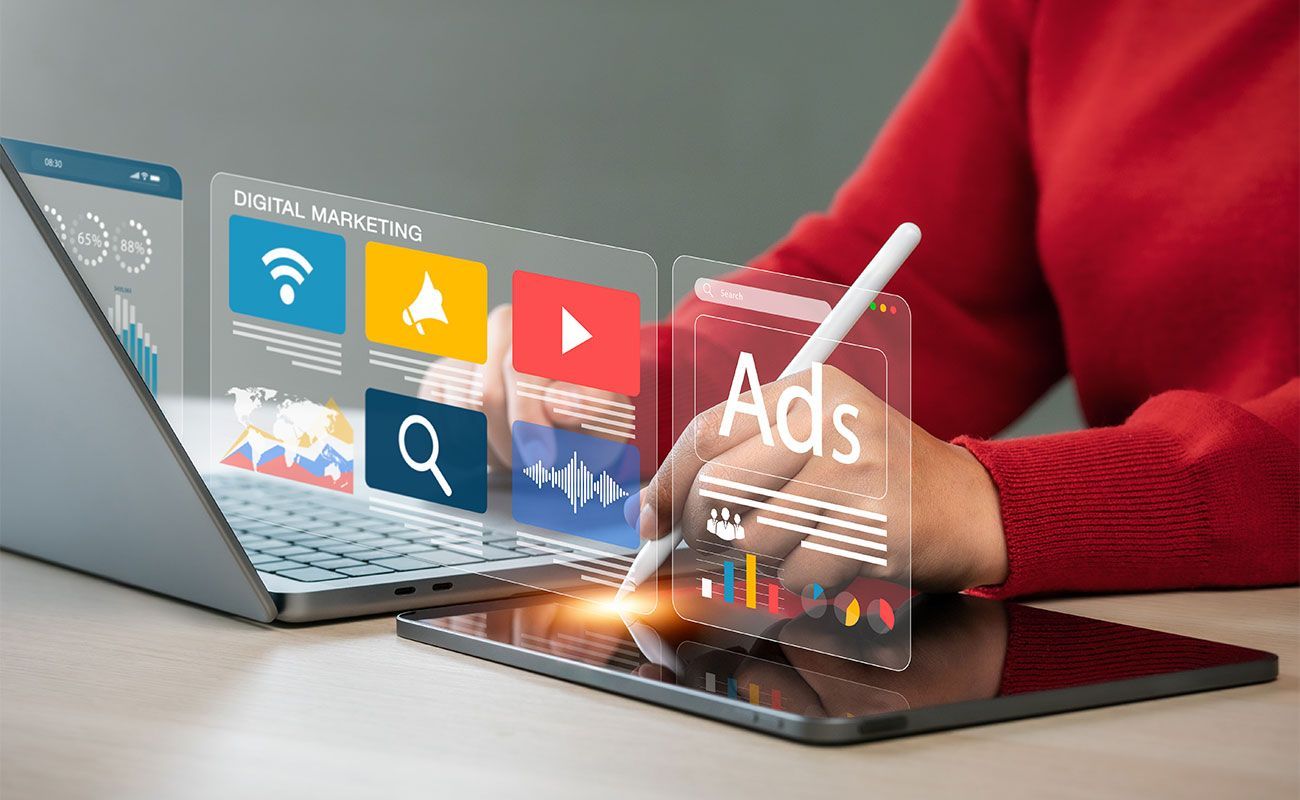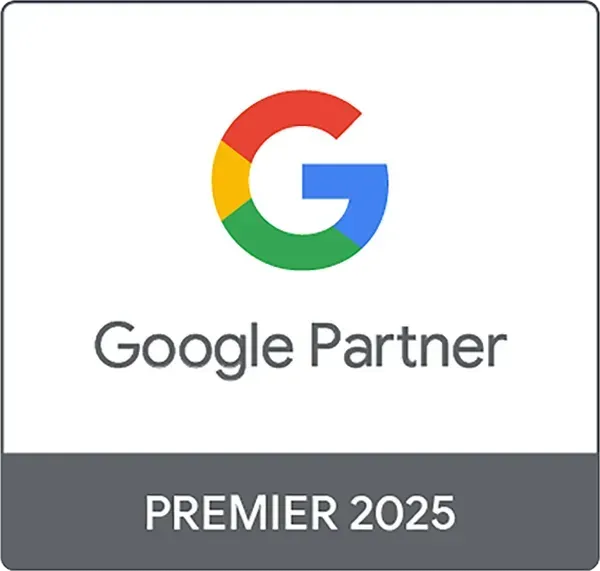The truth is, most businesses are overwhelmed by trade show marketing and are unsure how to turn these events into measurable results. Between the booth setup, marketing materials, travel logistics, and networking pressure, it’s easy to get lost in the chaos. That’s where innovative, intentional trade show planning makes all the difference.
In this article by
Dayta, we’ll walk through how to prepare with purpose, engage effectively during the event, and follow up in ways that actually drive outcomes. Whether you’re a seasoned exhibitor or planning your first booth, this full-funnel approach will help you make the most of your next event.
Pre-Show Planning: Set the Foundation for Success
Effective trade show planning starts long before the event. What you do beforehand sets the tone for the conversations, connections, and opportunities you’ll create. This phase is about ensuring your sales and marketing teams are aligned, equipped, and ready to show up with purpose.
Sales Preparation
Research Who Will Be in Attendance
Start by researching attendees and exhibitors well in advance. Most trade shows release lists of confirmed companies and, in some cases, key contacts. Use that information to build and prioritize a target list of people you want to meet. A warm introduction, or even a simple pre-show message, goes a long way in making those first conversations more productive.
Email Sequencing, Personalized Messaging & Outreach
Once your list is in place, begin outreach early. Whether it’s through email sequencing, personalized invites, or LinkedIn messages, get on their radar before the event starts. The goal is to create awareness—and, ideally, to set up a few in-person touchpoints in advance.
Coordinate Roles & Responsibilities
Equally important is internal coordination. Trade shows are high-energy environments, and without a solid plan, your team can easily miss key opportunities. Ensure your sales reps know their roles, territories, and responsibilities on the floor. It’s also wise to bring enough coverage to avoid burnout—and ensure you don’t miss conversations while someone’s grabbing lunch or tied up in a meeting.
Be Ready to Connect
And finally, be ready to exchange contact information quickly and professionally. Whether it’s old-school business cards or digital QR codes and apps, have multiple ways to connect—because your leads will all have different preferences.
Marketing Preparation
While your sales team is focused on who to talk to, marketing’s role is to shape what those conversations feel like—and how your brand shows up visually and emotionally at the event.
Design Your Booth with Intention
Your booth design matters. It should reflect your brand identity and help tell your story in a way that’s easy to grasp, even from across the room. Visual storytelling—through impactful graphics, product displays, or video—is far more engaging than long blocks of text. Aim to illustrate, not explain.
Stay On-Brand
Staying on brand goes beyond color schemes. Every touchpoint—signage, swag, messaging, even how your team dresses—should feel consistent and intentional. Your booth is often the first impression someone gets of your company, and great trade show planning ensures it aligns with your overall brand personality.
Show & Tell
If possible, bring your product to the show. Seeing and experiencing it firsthand often communicates your value more clearly than any brochure ever could. If that’s not feasible, get creative with digital demos, videos, or interactive displays that let people visualize how your solution works.
Timing Is Key
One of the biggest trade show planning pitfalls is underestimating time. Shipping delays, design revisions, and production hiccups can all eat away at your timeline. Give yourself generous buffers and double-check deadlines at every stage.
Pre-Show Campaigns
Lastly, tailor your pre-show campaigns to the specific event and audience. A general brand awareness push might not resonate, but messaging tied to the industry, location, or audience of a particular trade show will stand out and drive more booth traffic.
During the Show:
Lead with Intentional Engagement
Once you’re on the floor, everything you’ve prepared sets the stage—but your team’s engagement is what makes the difference. The best trade shows aren’t about passively waiting for people to stop by. They’re about starting meaningful conversations.
You and your team should take the lead. Step out from behind the booth. Greet people. Ask questions. Make attendees feel seen and important. Great trade show planning isn’t just about the physical space—it’s about how you show up.
It’s also about who you engage with. While it’s natural to focus on prospective customers, don’t overlook the value of building relationships with vendors, partners, and even competitors. The most valuable insights—and future collaborations—often come from unexpected places.
When it comes to pitching, keep it short and open-ended. Try a punchy, curiosity-driven intro that invites conversation instead of launching into a long, rehearsed explanation about your business. This approach is more human, more effective, and leaves room for honest dialogue.
And always, always know your next step. Whether it’s a follow-up call, a shared resource, or a scheduled meeting, ensure every good conversation ends with a clear path forward.
After the Show:
Turn Conversations into Conversions
The show might be over, but your work isn’t. In fact, the post-show phase is where real ROI happens—if you’ve planned for it. Great trade show planning includes a follow-up strategy before packing your bags. As soon as the event ends, get your new contacts into your CRM. The faster you organize your data, the easier it is to follow up while the conversations are still fresh.
But don’t just “check in.” Make your follow-up meaningful. Share insights from the event, recap your conversation, or offer a helpful resource tied to their business. If you met a lead who would benefit from another connection you made at the show, make the introduction. That kind of added value sets you apart and builds trust right away.
Internally, take time to review the experience with your team. What worked? What didn’t? What could improve for the next event? Every trade show is a chance to refine your process, sharpen your messaging, and improve how sales and marketing collaborate.
Trade Show Planning Makes the Difference
Trade show planning isn’t just about checklists—it’s about creating a full-cycle experience that connects your brand with the right people, in the right way, at the right time. When your sales and marketing teams plan together, engage with purpose, and follow up with intent, trade shows can go from overwhelming to transformational.
Want to take this strategy deeper? Our webinar, “Beyond the Booth: Pre-to-Post-Show Strategies,” covers these steps in more detail, with real examples and tactical tips to help your next event deliver even greater results!
Ready to transform your brand and drive measurable results?
Contact Dayta
today for a consultation.
Share This Post





